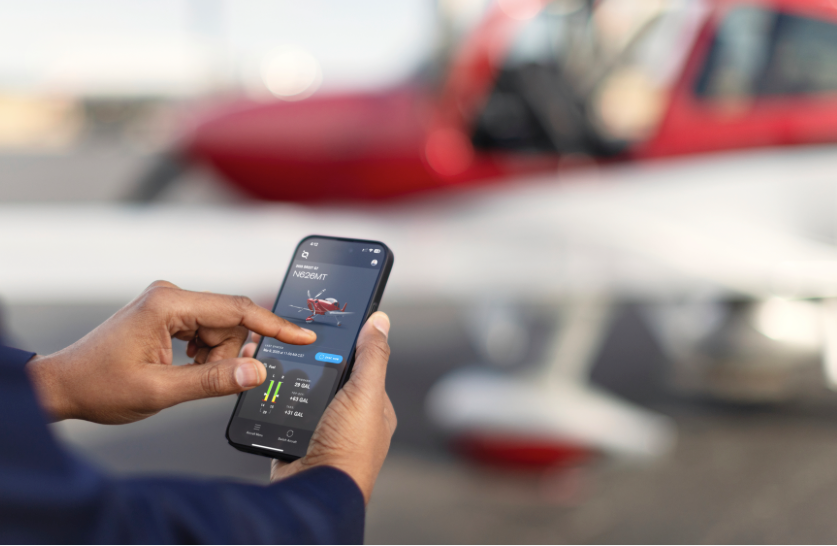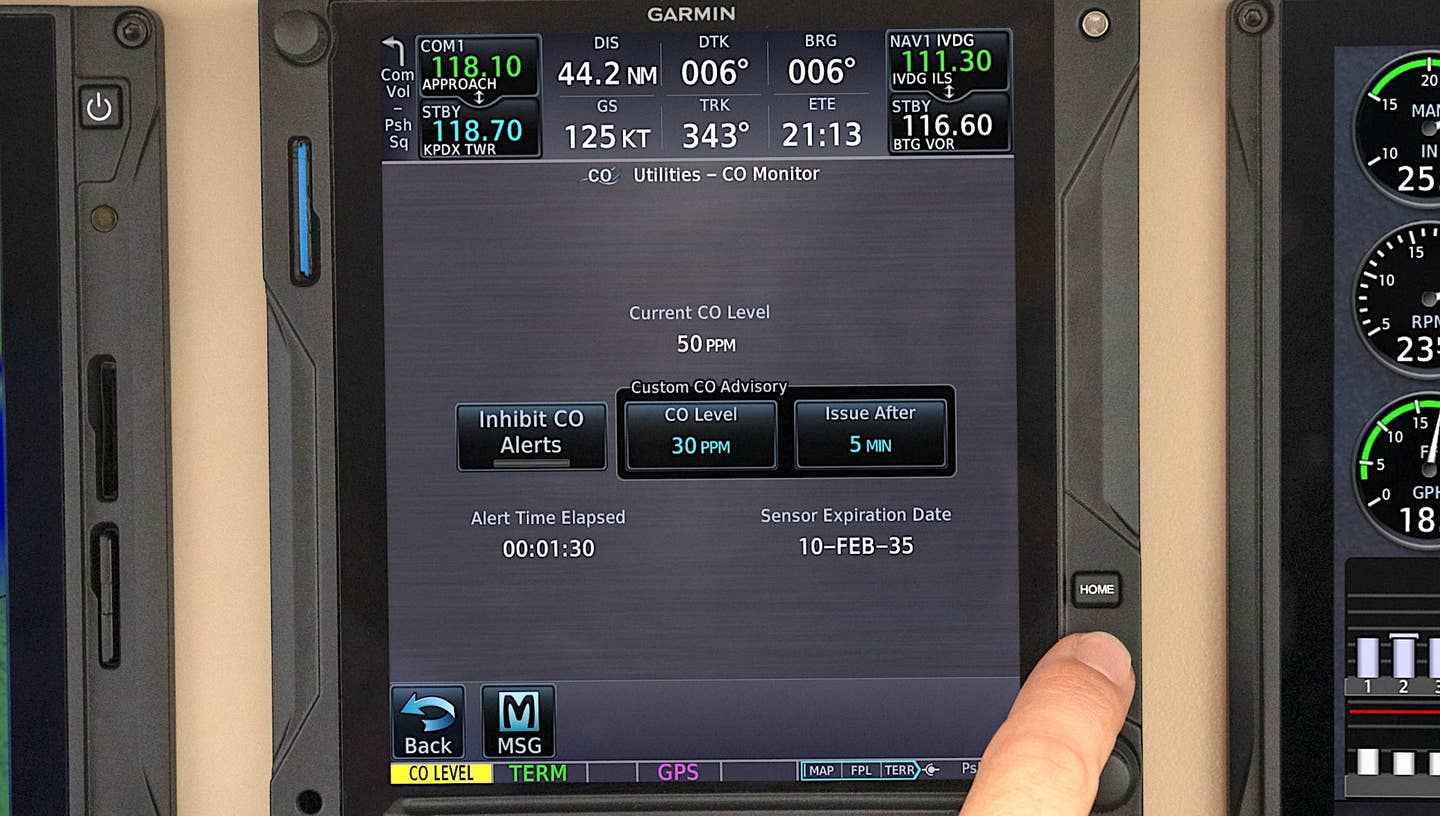Avionics Master Switches
If your aircraft was built before the late 1970s, the factory probably didn’t include an avionics master switch. But if you’ve upgraded your panel to modern solid-state radios, you really need one – maybe even two. There are several different kinds, and AVweb’s avionics guru explains how they work, how they fail, what they cost, and why you’d be foolish not put one in.
 Almost daily I receive calls and questions about avionics master switches. Do I need one? What type should I use? Most of these questions come from owners of aircraft that didn't have a master switch when originally built, and wonder whether one should be installed now.
Almost daily I receive calls and questions about avionics master switches. Do I need one? What type should I use? Most of these questions come from owners of aircraft that didn't have a master switch when originally built, and wonder whether one should be installed now.
Prior to about 1970, few aircraft had an avionics master switch, and for good reason. For one thing, early aircraft didn't have much avionics to protect. I remember years ago when a Mark 12A and a Genave marker beacon was considered advanced electronics. Of course this is not the case today.
Another reason an avionics master was not needed in early years is because vacuum tube radios weren't subject to damage from spikes from the charging system when the aircraft was started with the radios turned on. But all that changed when tubes were replaced with silicon. Try starting the engine with your modern solid-state radios turned on and there's a good chance you will damage your avionics. The damage may not show up immediately, but nevertheless, damage has been done.
Drop-Out Relays
There are several type of avionics master switches in use today. Cessna's first shot at protecting avionics from engine-start transients, introduced in 1967, was a relay that automatically removed power from the avionics bus whenever you cranked the engine or applied power to the airplane's ground power receptacle. One problem with this setup is that you don't know if the circuit is working correctly or not until radios start to fail. Another disadvantage is that you can't use external power to work the radios, you must use the aircraft battery. Of course, without using an external power source, the avionics technician has a limited amount of time to troubleshoot problems until the battery is depleted.
But the biggest complaint I have with the Cessna avionics drop-out relay is that if the battery voltage is low and you try starting the engine, the relay may fail to energize (or energize only intermittently) and consequently let voltage spikes get into your expensive avionics. Incidentally, many Beech airplanes use an avionics master switch that works by means of a normally-closed avionics drop-out relay, and this system is also vulnerable to the starting-with-a-low-battery problem. Anytime our shop installs new avionics in a aircraft that has this type of avionics protection, I yank out the drop-out relay system and install a "real" avionics master switch. It doesn't cost much, and it's possibly best money you can spend when you upgrade your radios.
Why You Need a Switch
Your panel of state-of-the-art avionics might represent one-quarter or one-third of the total value of your aircraft. To invest this kind of money and not have proper protection doesn't make economic sense or even common sense.
You might think that you could just turn on and off the radios individually before and after starting the aircraft and wouldn't have a need for an avionics master switch, but that's only half-true. You may be able to turn on and off the navigation and communications equipment, but how about the intercom, fuel computer, glideslope receiver, marker beacon, altitude encoder, HSI, flight director…well the list goes on. None of those units normally have an on-off switch. Their designers assume that the installing agency knows what they are doing and will provide spike protection.
Avionics that have been subjected to voltage spikes often will not show a problem right away, but within time will fail. Solid-state equipment is very sensitive to voltage spikes and static electricity. When we work on modern avionics in the shop, we have to wear grounding straps on our wrists to protect the avionics from static charges from our body…that's how sensitive this new equipment is. On the other hand, if your avionics is properly protected and the aircraft is properly bonded, you should have years of trouble-free use of the equipment. In fact, most problems related with modern avionics are caused by engine starts and stops with the avionics turned on, excessive heat, or P-Static discharges.
By the mid- to late-1970s, most aircraft manufacturers were including an avionics master switch as standard equipment. By the way, if this switch is getting hard to turn on or off, replace it now! When it fails (and it soon will), you will lose all your avionics. Not a good position to be in. The avionics master switch allows you to control the power applied to the avionics bus, which supplies power to all the avionics circuit breakers.
Switch or Switch-Breaker?
In some aircraft, the avionics master switch is just an ordinary switch mounted very close to the avionics bus. In other aircraft, where it's mounted further away, a switch-breaker is used. And in yet other models, the switch doesn't control avionics power directly, but instead controls a drop-out relay. (The advantage of the drop-out relay system is that if the switch fails, the relay allows the radios to remain on. The disadvantage is the problem I mentioned earlier when attempting an engine start with a low battery.)
When installing an avionics master switch of the switch-breaker variety, we recommend the switch-breaker be rated about 25% greater than the maximum load the avionics could draw. This allows plenty of protection should the wire from the avionics master switch to, the avionics buss short, and would let you add a few small items in the future to the avionics buss without changing the avionics master switch. Keep in mind that each individual piece of avionics is protected by a smaller circuit breaker (or fuse) which should "pop" if a problem should arise with a particular item of avionics. The purpose of using a switch-breaker as an avionics master switch is to protect the wire going from the switch to the avionics bus, not to protect the avionics themselves.
If One Is Good, Is Two Better?
Some have asked if it's a good idea to install two avionics master switches in parallel, just in case one fails, so that a switch failure won't knock out all the radios. To be honest, I've never seen an avionics master switch of the switch-breaker variety fail, but I've talked to others who tell me that they have had a failure of this type of switch. I'd say the odds of failure are pretty low, but if you are uncomfortable with only one avionics master then by all means have the shop install a second one. If there's room on the panel (and the second switch can really go anywhere, even in the glove box), the price shouldn't be too expensive. The average avionics master switch-breaker sells for around $60.00 plus installation.
If you have modern solid-state avionics (nav/comms, DME, GPS, fuel flow computer, etc.) then in my opinion an avionics master switch is a must. The few dollars you try to save by not installing one will return to haunt you in repair bills, guaranteed.






